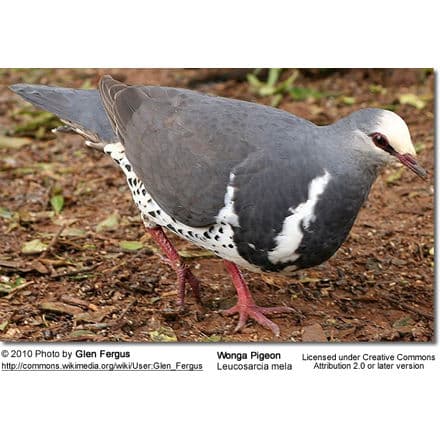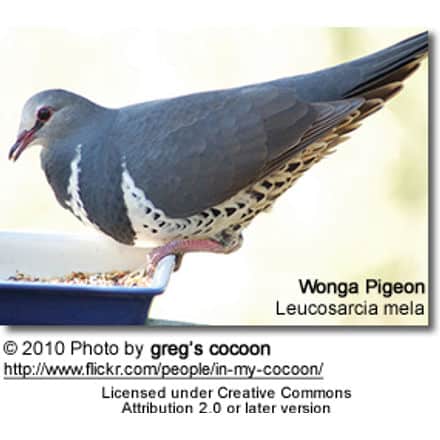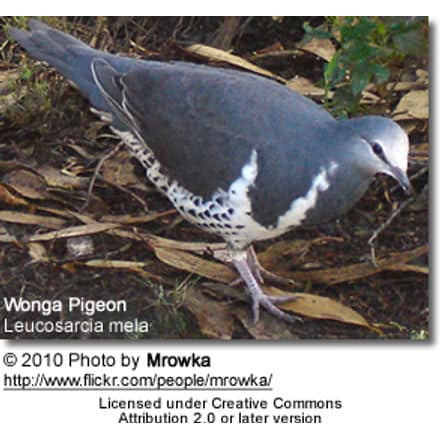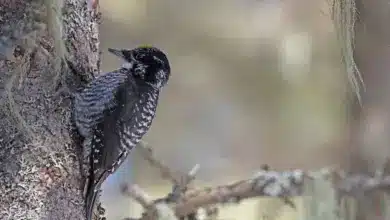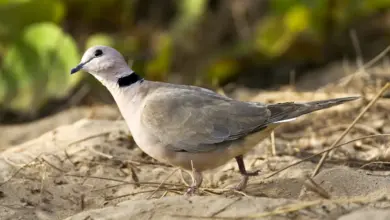Wonga Pigeons
The Wonga Pigeons Leucosarcia melanoleuca is a pigeon that inhabits areas in eastern Australia with its range being from Central Queensland to Gippsland, eastern Victoria, Australia.
(Columbidae – Please see also Doves)
Other Relevant Web Resources: Pigeon Information … Pigeon Intelligence & Amazing Facts … Species / Breeds … Breed Photo Gallery
The Wonga Pigeons Leucosarcia melanoleuca is a pigeon that inhabits areas in eastern Australia with its range being from Central Queensland to Gippsland, eastern Victoria, Australia.
Previously they could be found as north as Cairns and as south as the Dandenongs, but due to land clearance, shootings in the 1940s for crop protection, and fox predation, they are rarely seen in these areas, but their populations have improved in these areas.
Description:
The Wonga Pigeons is a large, plump pigeon that has a short neck, broad wings, and a long tail. Its length varies from 38 to 40 centimetres (15.2 to 16 inches). It has pastel blue-grey back feathers. The head fades to a creamy-white color. The underside is white with dotted dark grey spots such that a white V can be seen on its chest. They eyes are a dark red-brown color and they have pink eye-rings that encircle them. Legs are red and the genders appear identical but immature pigeons are browner with a less distinct V pattern.
They are very elusive birds and are only often heard, producing explosive wing claps when disturbed. They tend to occur on the ground foraging and are located in rainforests, wet eucalypt forests, coastal forests, picnic areas, walking tracks, carparks and gardens.
Diet / Feeding:
Their diet consists of fruit, berries, seeds from native forest trees and the odd insect.
Call / Vocalization:
The call of the Wonga Pigeon is a loud, high-pitched ‘coo’. This is repeated over long periods of time for a number of seconds. When males are displaying mating, bowing occurs with a soft, trilling coo.
Breeding / Nesting:
The Wonga Pigeon is monogamous and breeds between October and January. It produces a twig platform nest with a diameter of 30 centimetres. The nest is build from about 3 to 20 metres above the ground and defending by breeding pairs. The pigeon will sometimes use abandoned nests from Topknot Pigeons or Tawny Frogmouths. Two large eggs are normally laid. The eggs are up to 4 centimetres in length.
Copyright: Wikipedia. This article is licensed under the GNU Free Documentation License. It uses material from Wikipedia.org … Additional information and photos added by Avianweb.
Personality and Pet Potential, as well as Pigeon Forums and Rescue Organizations
Please Note: The articles or images on this page are the sole property of the authors or photographers. Please contact them directly with respect to any copyright or licensing questions. Thank you.

